Review: 2023 Hyundai i10 III (facelift 2023) 1.0 (67 Hp) Automatic
A comprehensive review of the 2023 Hyundai i10, exploring its features, performance, and suitability for various lifestyles.
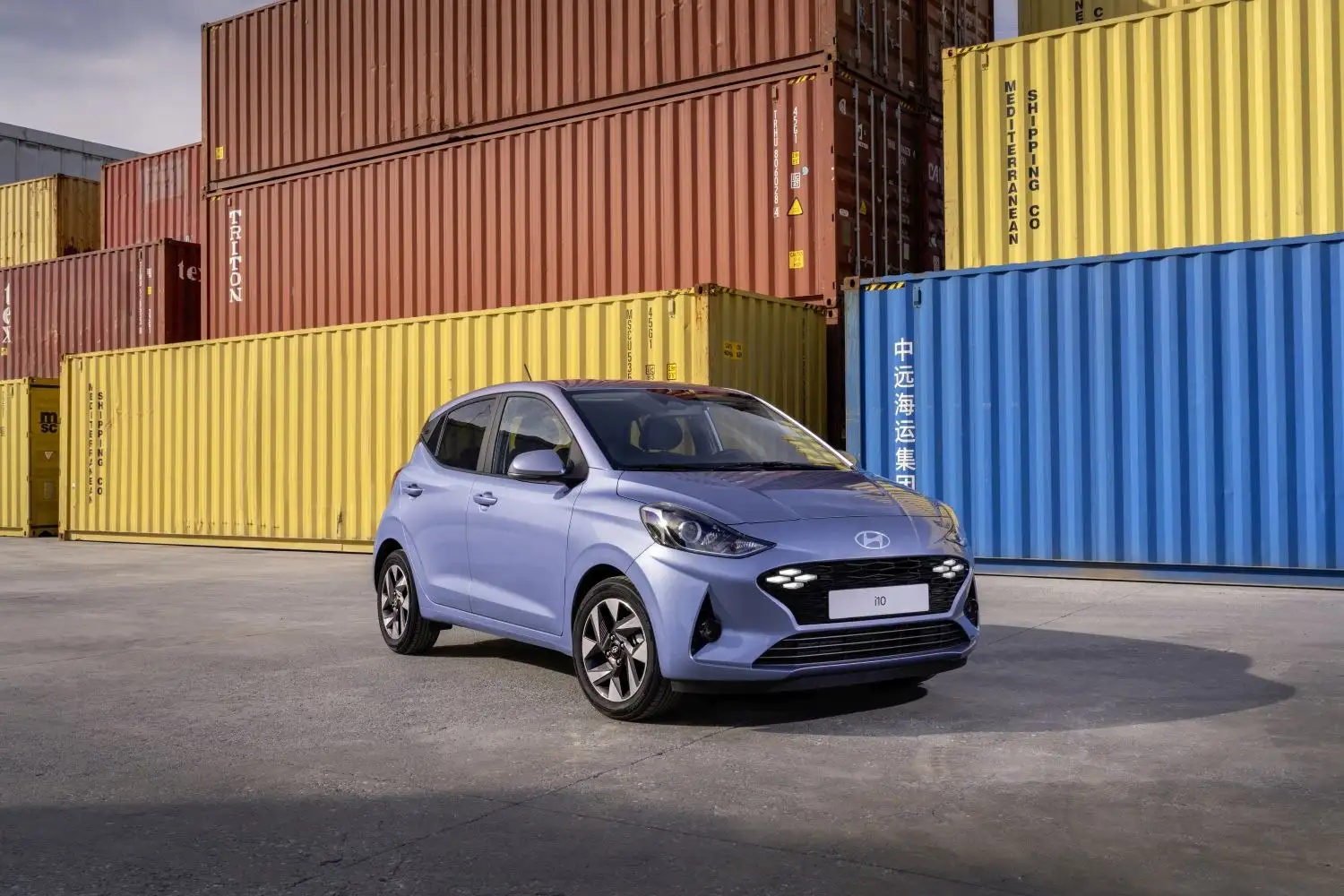
The 2023 Hyundai i10, with its recent facelift, is a compact hatchback that aims to offer practicality and efficiency for urban drivers. With a modest 1.0-liter engine producing 67 horsepower, this car is designed for those who prioritize ease of driving and fuel economy over raw power. But how does it stack up for different driving needs? Let's dive into the details.
Understanding the Basics
Before we delve into the specifics, let's clarify some key terms. The Hyundai i10 is a hatchback, which means it has a rear door that swings upward to provide access to the cargo area. This body type is popular for its compact size and versatility, making it ideal for city driving. The i10 is powered by an internal combustion engine, which uses petrol (gasoline) to generate power. It features a front-wheel-drive system, meaning the engine's power is delivered to the front wheels, which is common in smaller cars for better traction and handling.
Performance and Efficiency
The Hyundai i10's 1.0-liter engine is naturally aspirated, meaning it doesn't use a turbocharger to boost power. This results in a smooth and predictable power delivery, which is great for everyday driving. The car's acceleration from 0 to 100 km/h (0 to 62 mph) takes 17.8 seconds, which is on the slower side, but adequate for city traffic. Its top speed is 156 km/h (96.93 mph), which is more than sufficient for highway driving.
Fuel efficiency is a strong point for the i10. It achieves a combined fuel consumption of 5.5-5.6 liters per 100 km (42.77 - 42 US mpg), making it economical for daily commutes. The CO2 emissions are 126 g/km, aligning with the Euro 6d emission standards, which are among the strictest in the world.
Space and Practicality
Despite its compact dimensions, the i10 offers a surprising amount of space. It can seat up to five passengers and has a trunk space of 252 liters, expandable to 1050 liters with the rear seats folded. This makes it practical for small families or individuals who need to carry occasional loads. The car's kerb weight ranges from 924 to 995 kg, contributing to its nimble handling.
Suitability for Different Lifestyles
City Driving
The Hyundai i10 is particularly well-suited for city driving. Its compact size (3670 mm in length) makes it easy to maneuver through tight urban spaces and park in small spots. The minimum turning circle of 9.7 meters further enhances its agility in crowded areas.
Long-Distance Travel
While the i10 can handle highway speeds, its modest engine power and limited acceleration make it less ideal for long-distance travel, especially if you frequently drive on fast-paced highways. However, its fuel efficiency can be a plus for those who prioritize cost savings over speed.
Family Use
For small families, the i10 offers adequate space and safety features, including ABS and electric power steering. However, for larger families or those needing more cargo space, a larger vehicle might be more suitable.
Single Ownership
As a single-owner vehicle, the i10 shines with its low running costs and ease of maintenance. It's perfect for young professionals or students who need a reliable and economical car for daily use.
Adventure Lifestyles
The i10 is not designed for off-road adventures or heavy towing, with a maximum trailer load of 300 kg. It's best suited for urban explorers rather than outdoor enthusiasts.
Strengths and Weaknesses
- Strengths: Excellent fuel efficiency, compact size for city driving, affordable running costs.
- Weaknesses: Limited power for highway driving, small cargo space for larger families, not suitable for off-road or heavy towing.
Conclusion
The 2023 Hyundai i10 is a practical choice for city dwellers and those seeking an economical, easy-to-drive vehicle. Its strengths lie in its fuel efficiency and compact design, making it ideal for urban environments. However, if you need more power or space, you might want to consider other options. Think about what features matter most to you. Do you need extra cargo space or better highway performance?
Specifications Table
| Attribute | Details |
|---|---|
| Generation | i10 III (facelift 2023) |
| Modification (Engine) | 1.0 (67 Hp) Automatic |
| Powertrain Architecture | Internal Combustion engine |
| Body Type | Hatchback |
| Seats | 5 |
| Doors | 5 |
| Combined Fuel Consumption | 5.5-5.6 l/100 km |
| CO2 Emissions | 126 g/km |
| Fuel Type | Petrol (Gasoline) |
| Acceleration (0-100 km/h) | 17.8 sec |
| Maximum Speed | 156 km/h |
| Emission Standard | Euro 6d |
| Engine Displacement | 998 cm3 |
| Number of Cylinders | 3 |
| Engine Configuration | Inline |
| Power Output | 67 Hp |
| Torque | 96 Nm |
| Kerb Weight | 924-995 kg |
| Trunk Space (Minimum and Maximum) | 252 l / 1050 l |
| Fuel Tank Capacity | 36 l |
| Length | 3670 mm |
| Width | 1680 mm |
| Height | 1480 mm |
| Wheelbase | 2425 mm |
| Drive Wheel System | Front wheel drive |
| Number of Gears (Transmission Type) | 5 gears, automatic transmission |
| Front Suspension | Independent type McPherson |
| Rear Suspension | Torsion |
| Front Brakes | Ventilated discs, 252 mm |
| Rear Brakes | Disc, 234 mm |
| Assisting Systems | ABS (Anti-lock braking system) |
| Power Steering | Electric Steering |
| Tire Size | 185/55 R15; 195/45 R16 |
| Wheel Rims Size | 6.0J x 15; 6.5J x 16 |


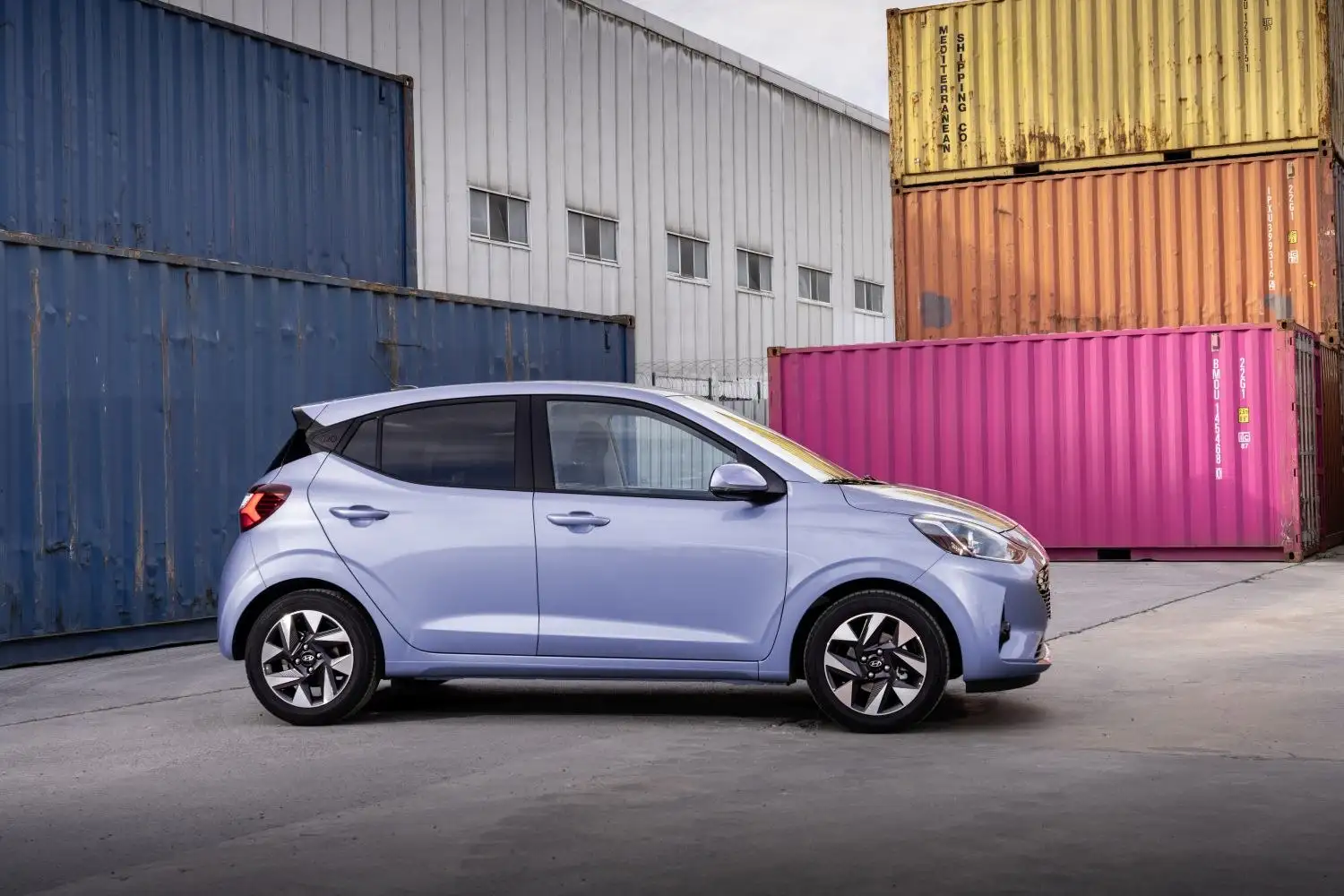
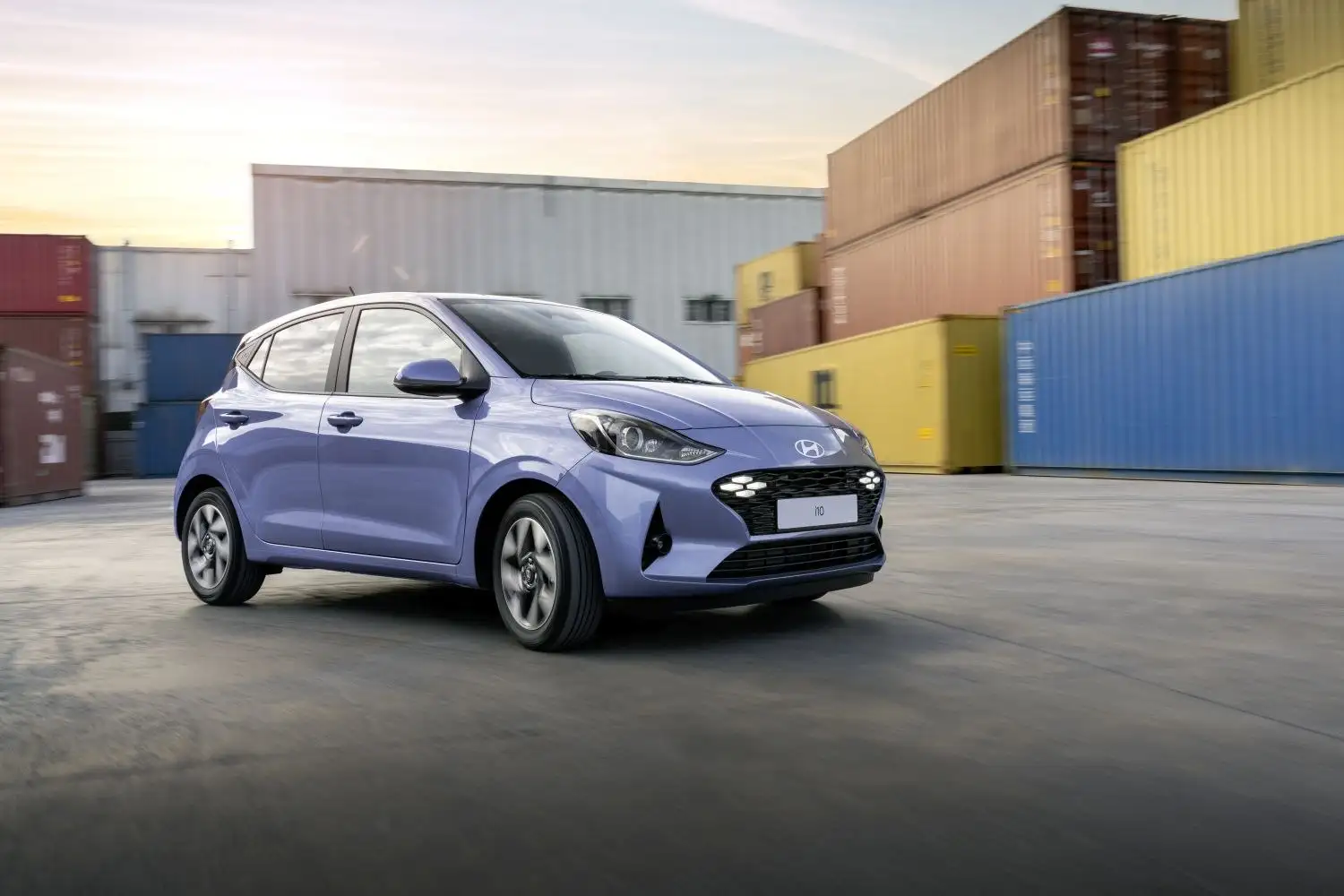
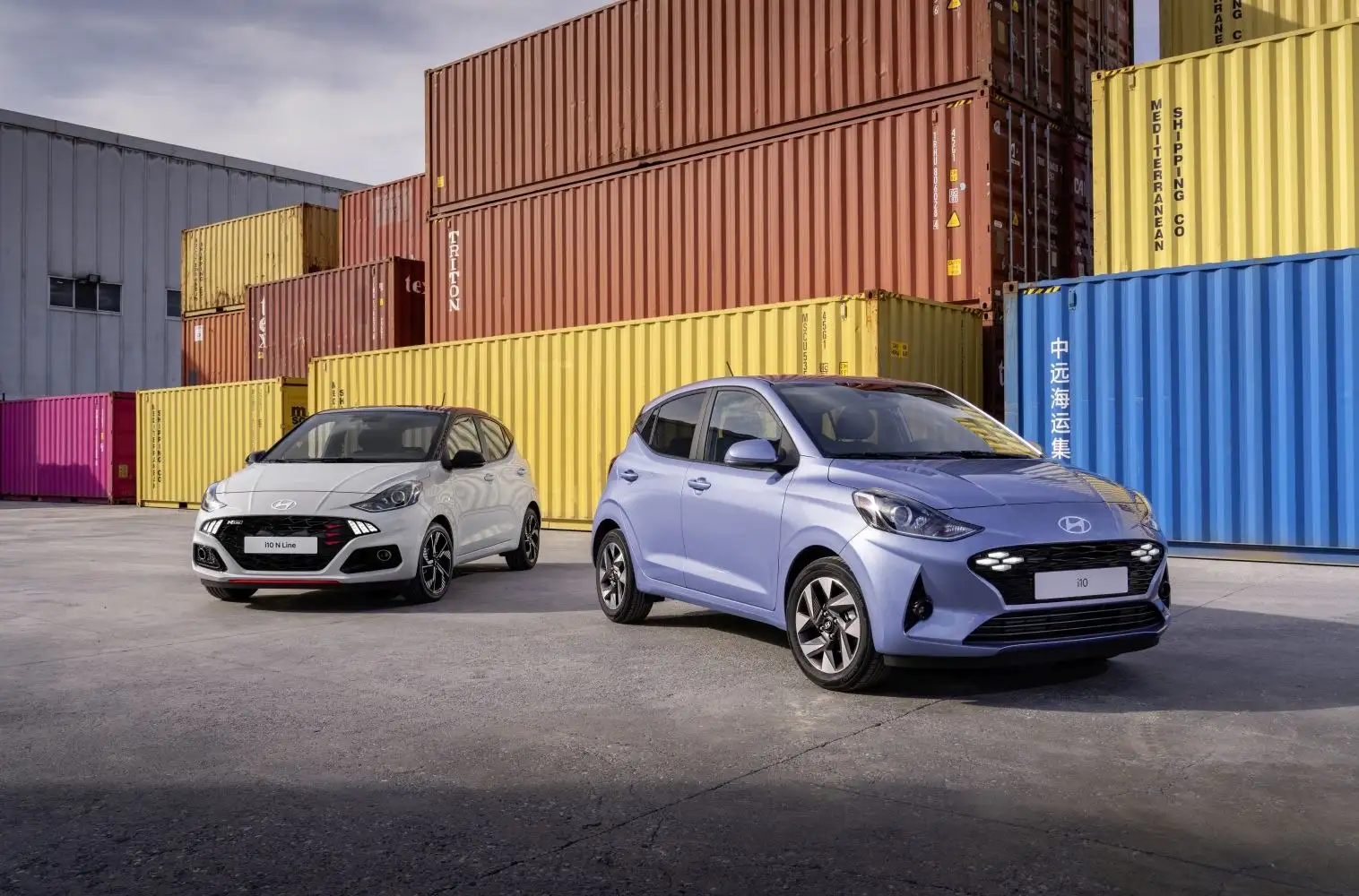
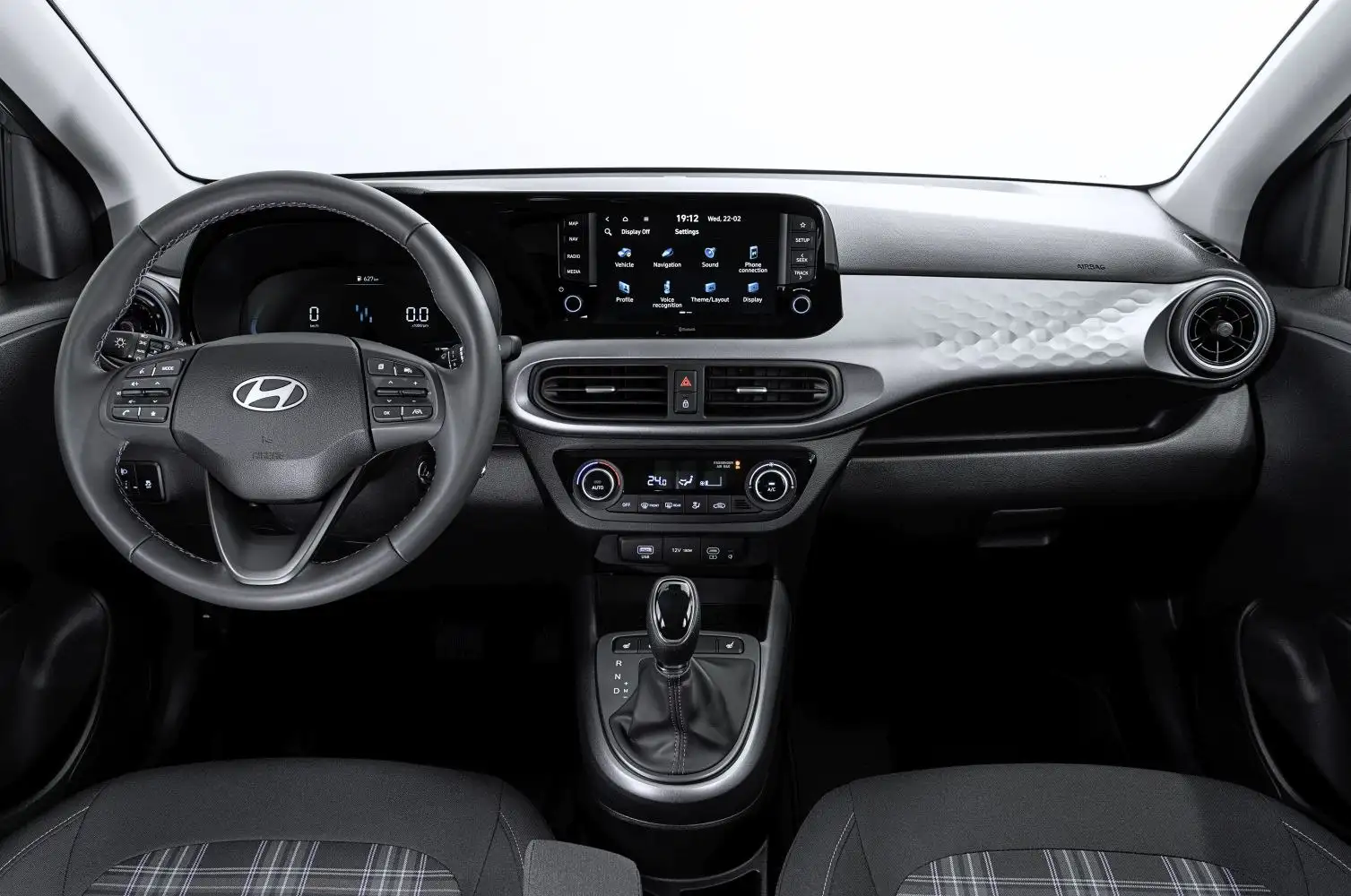
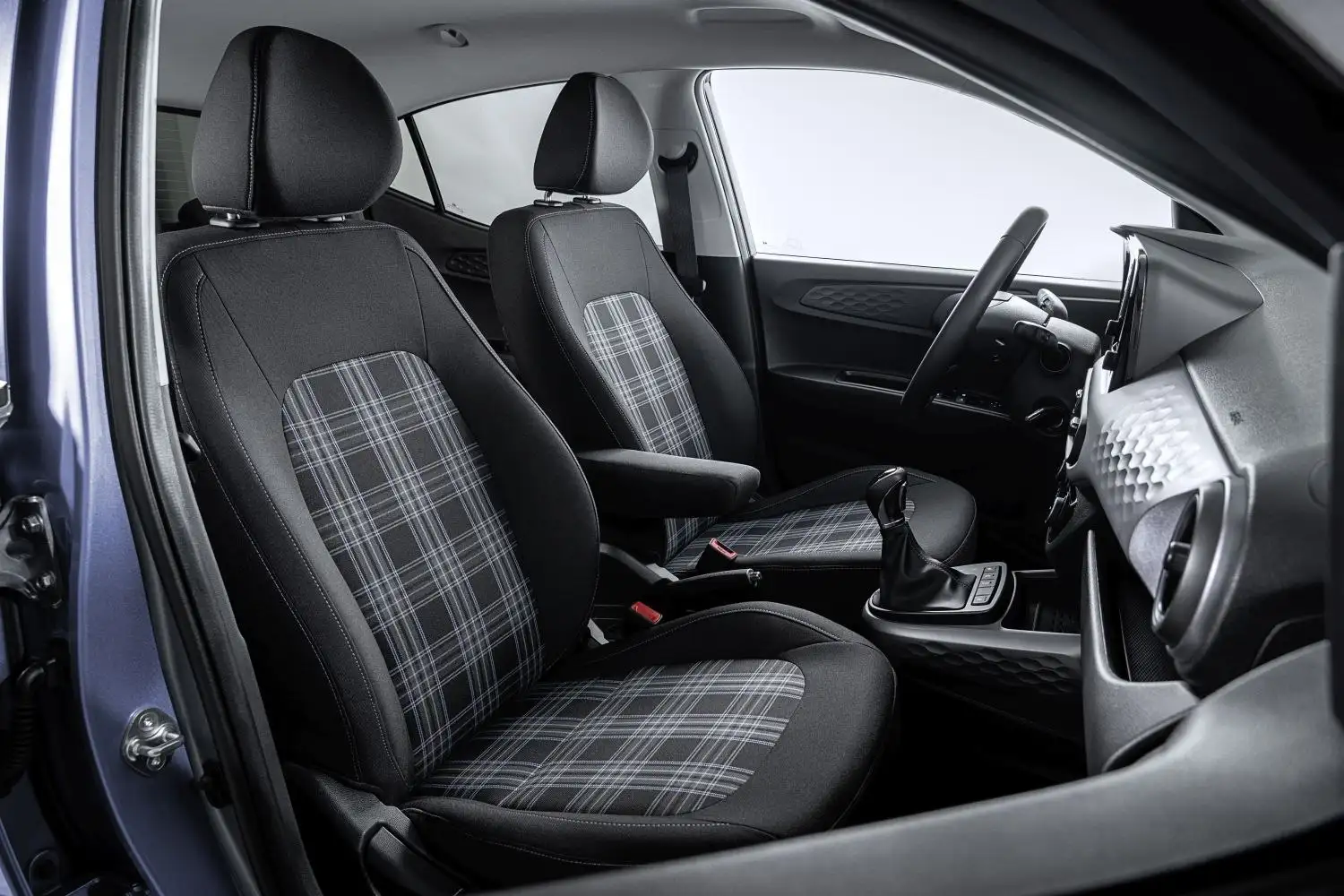
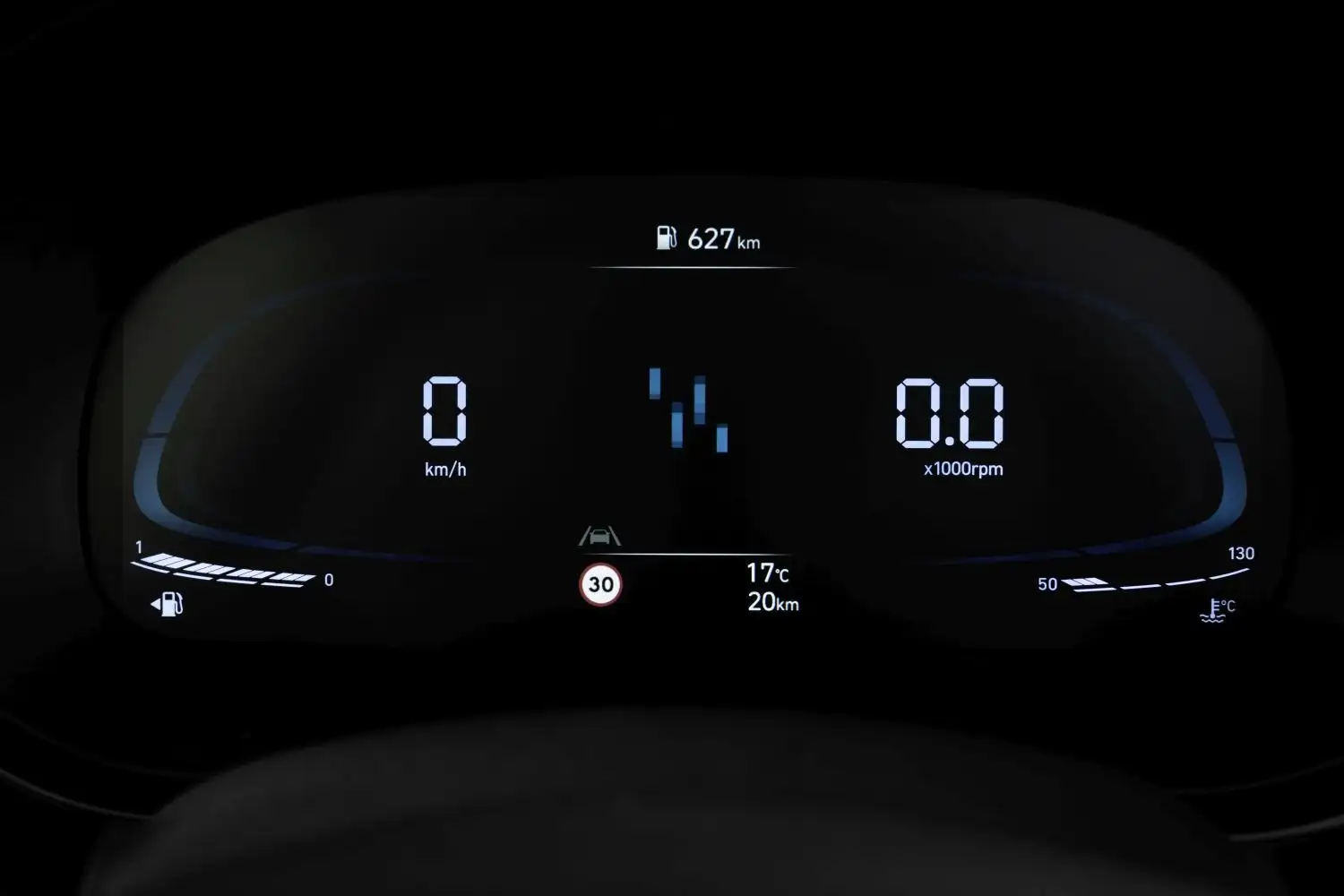
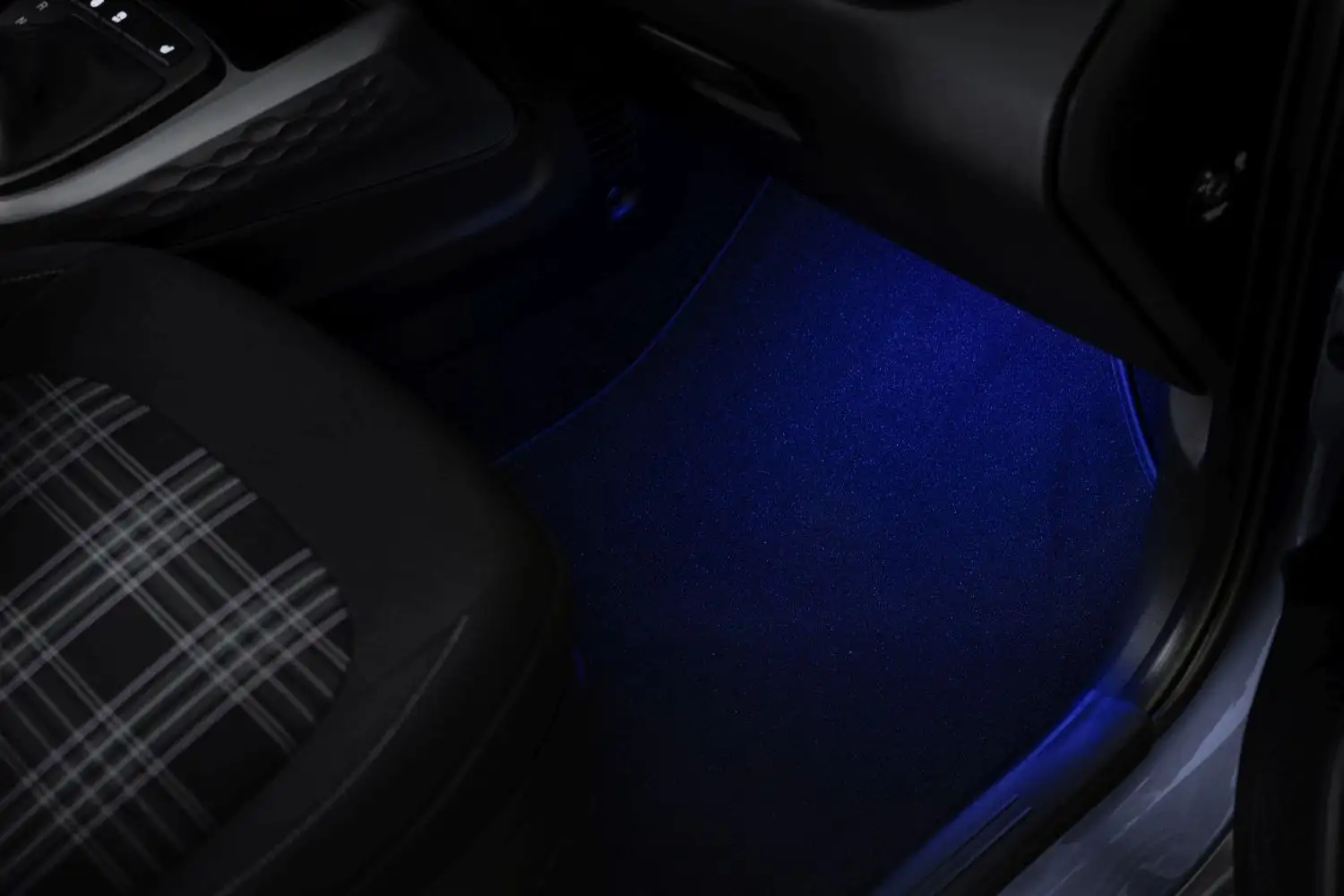
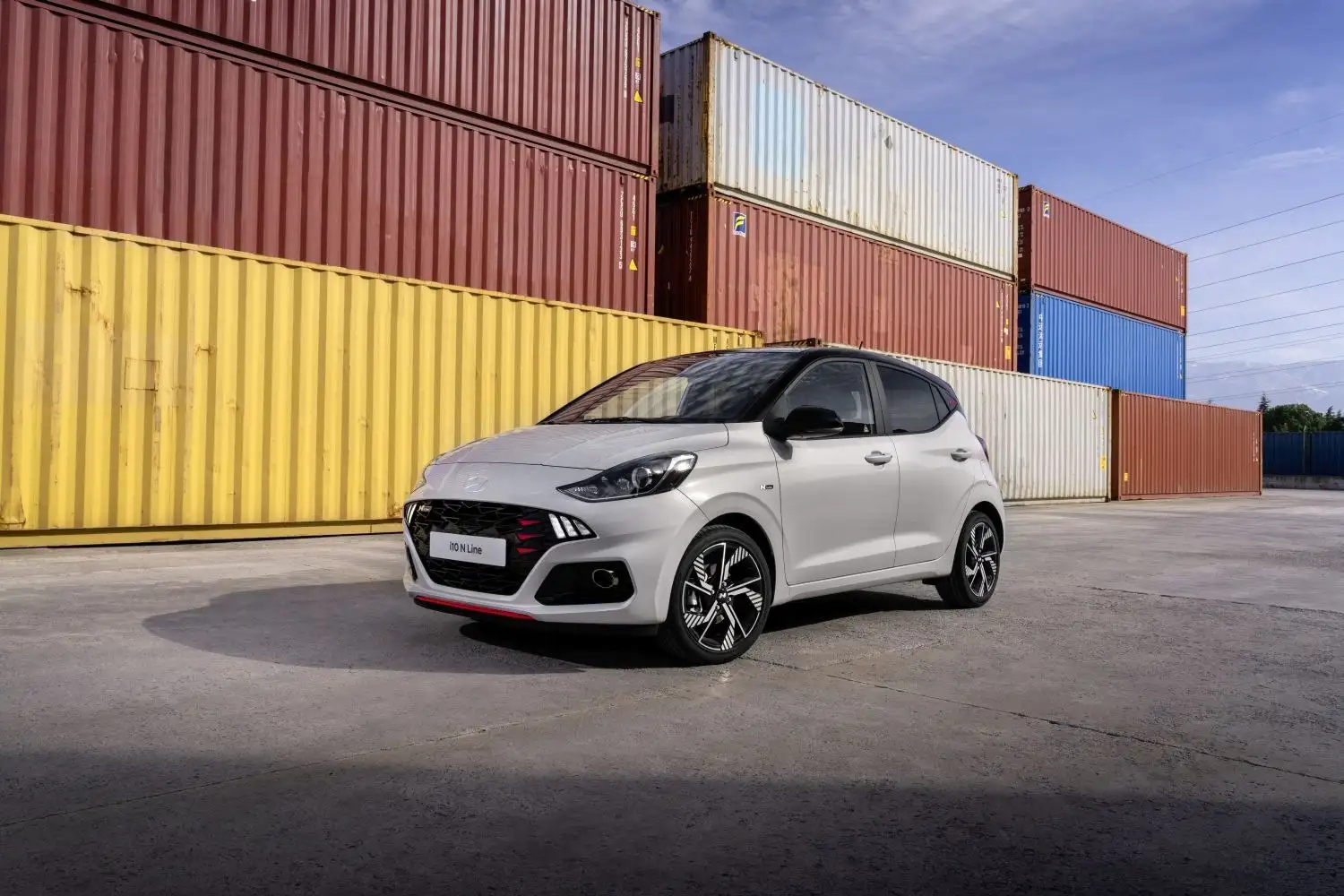
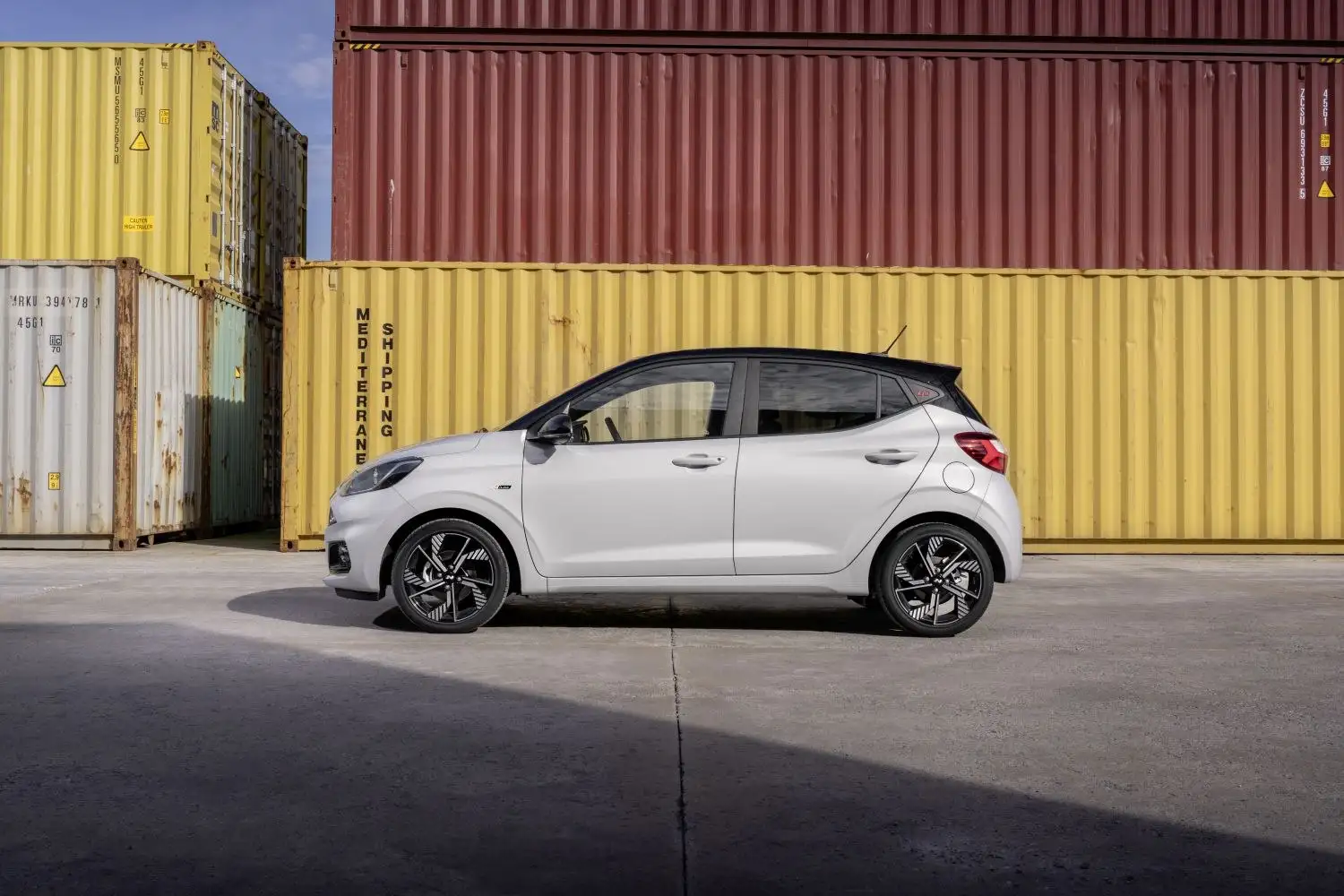
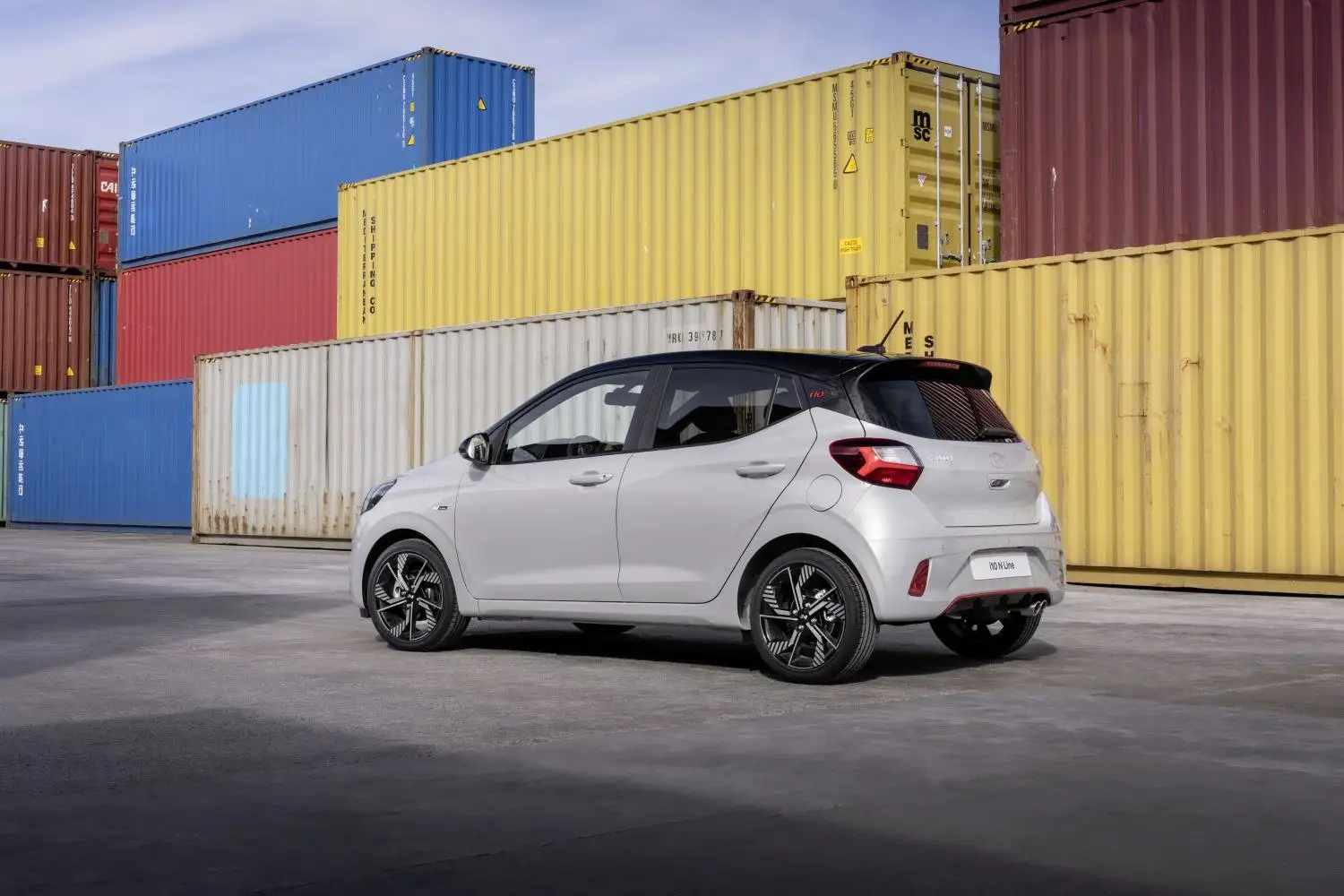
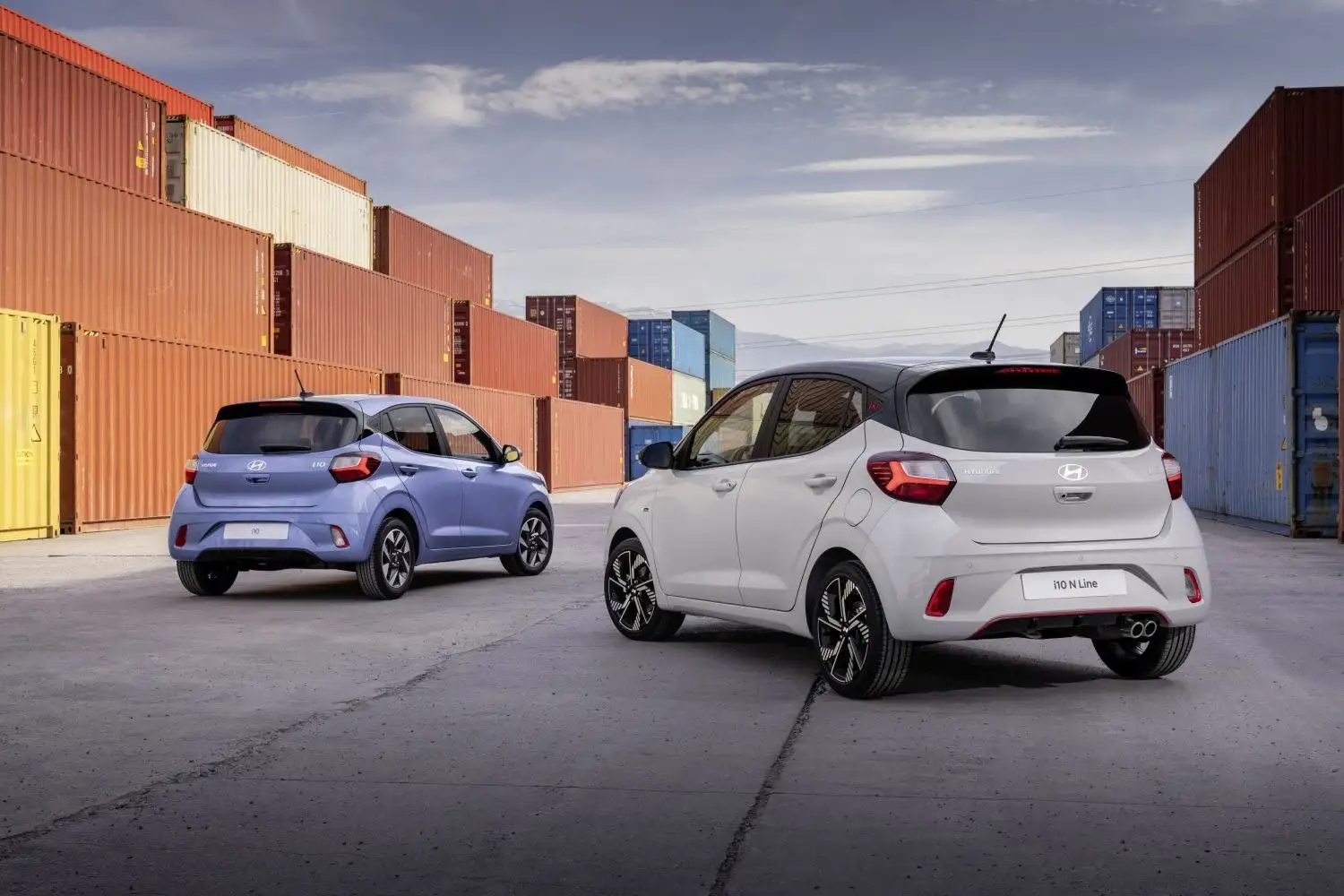
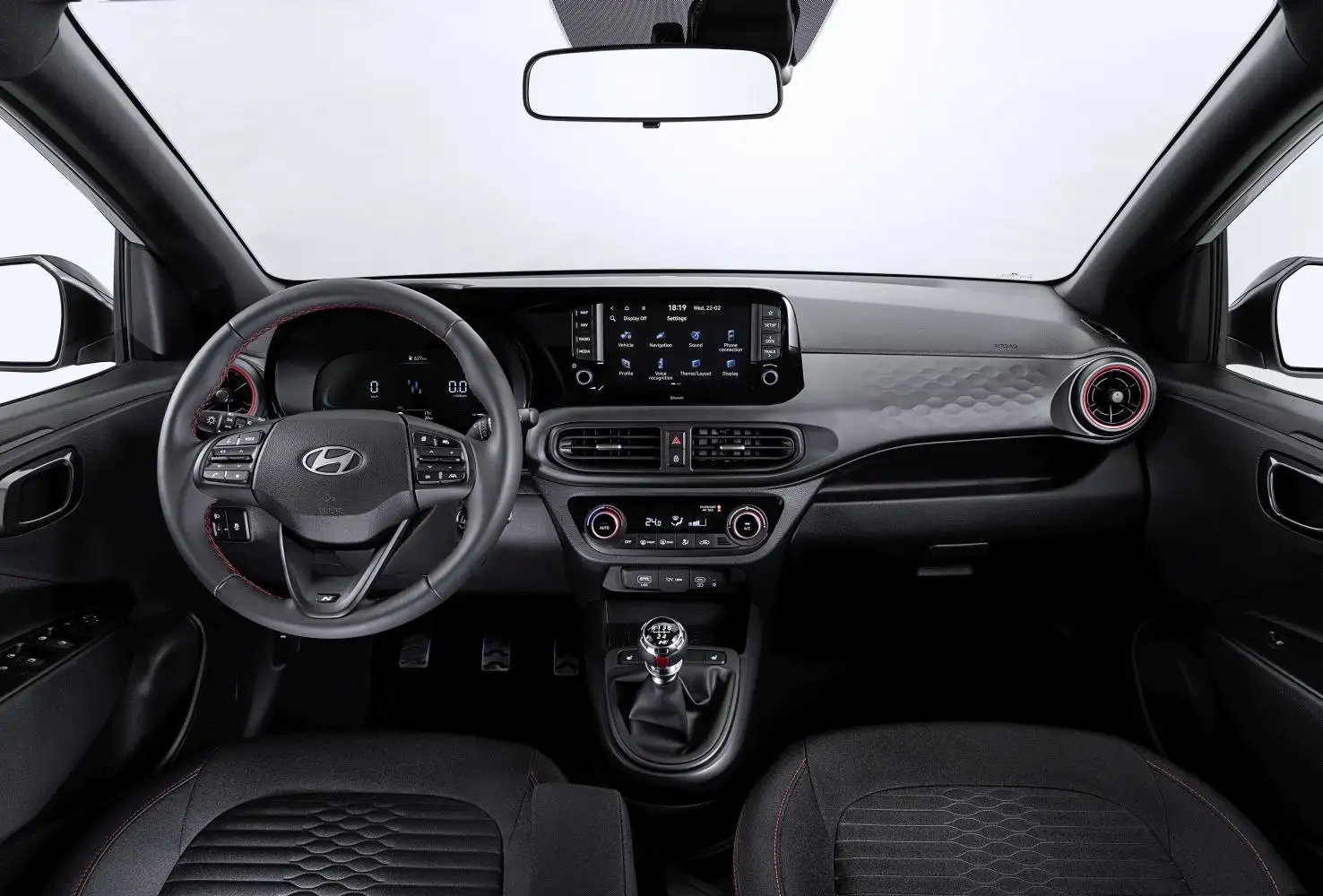
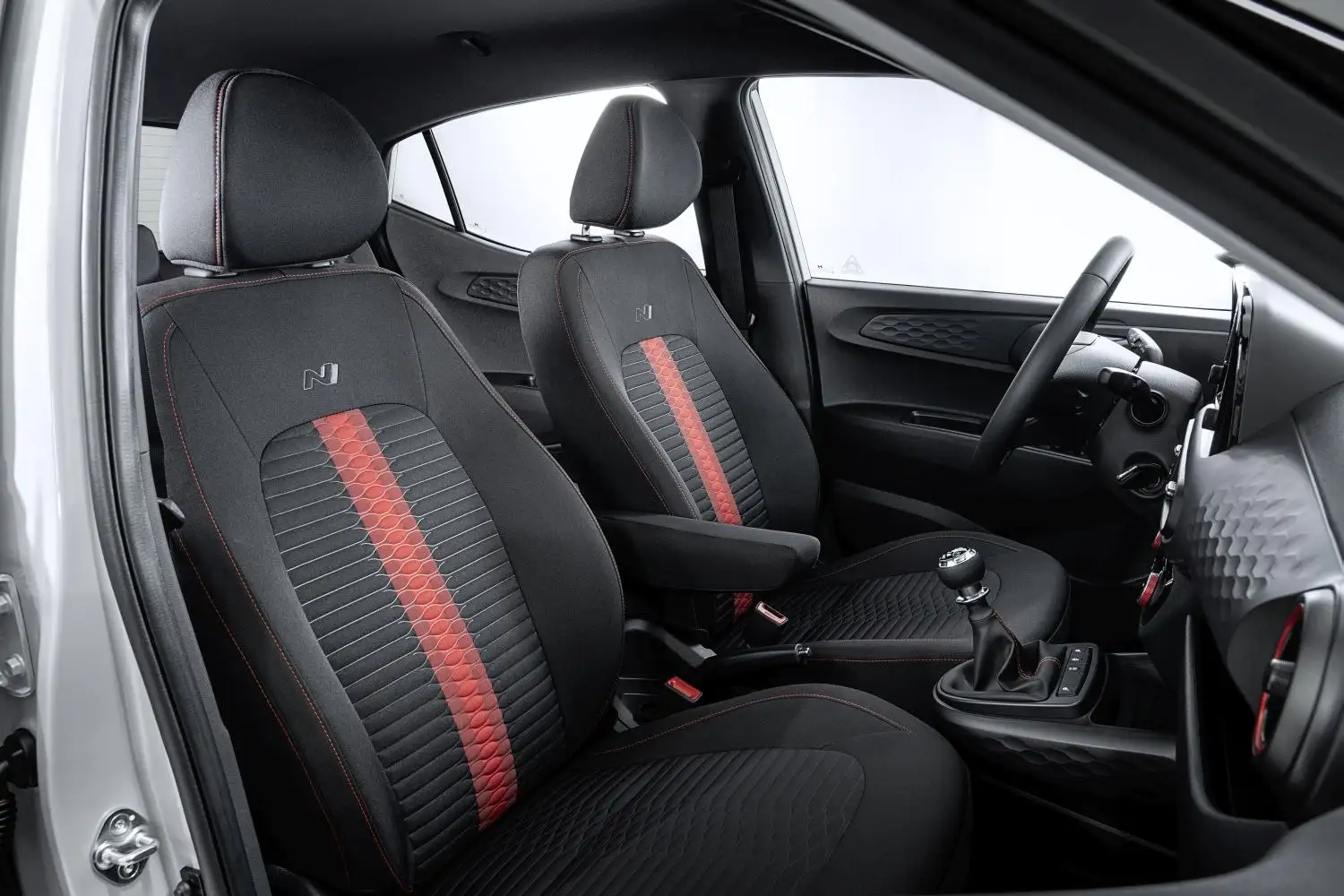
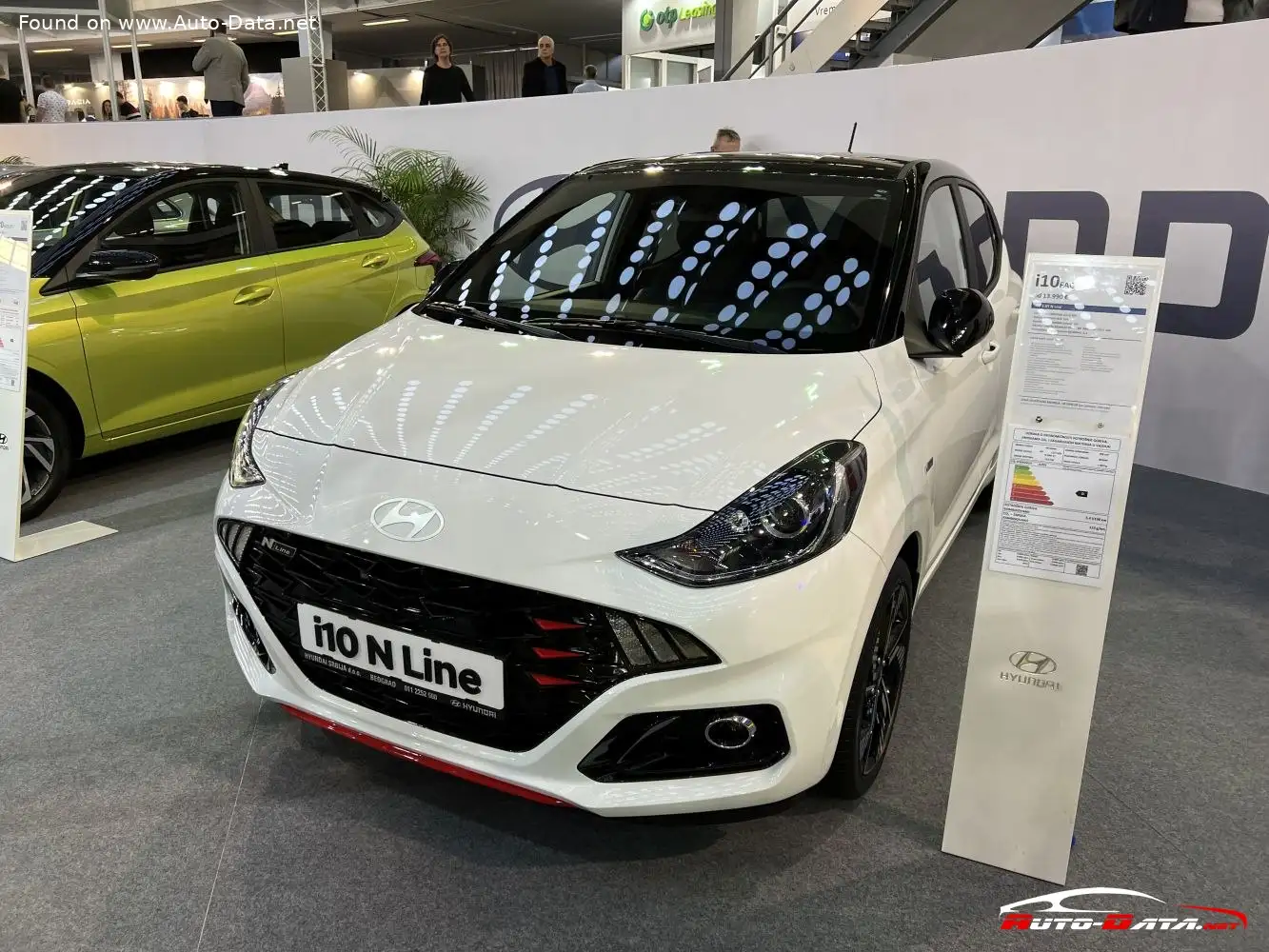
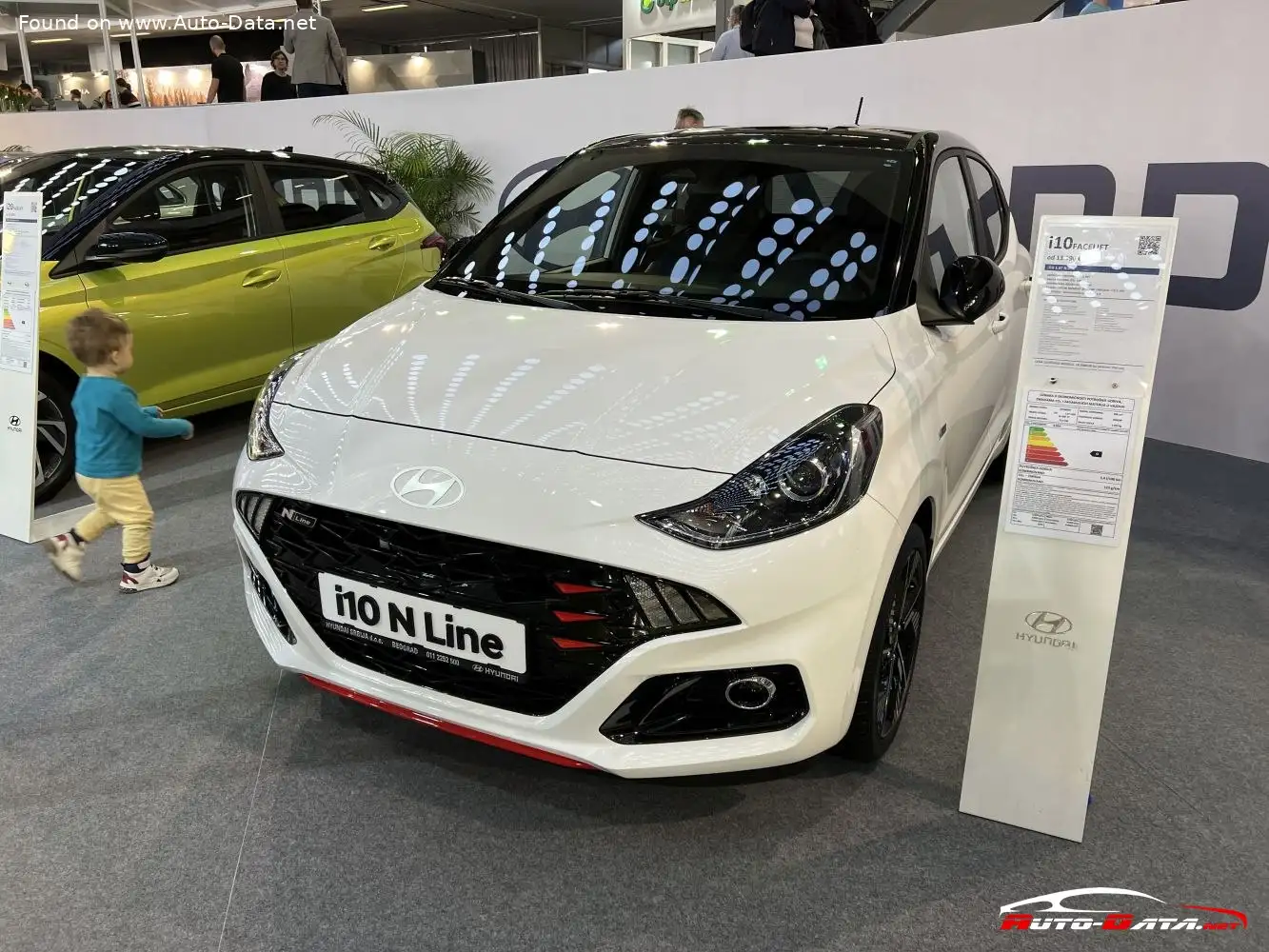
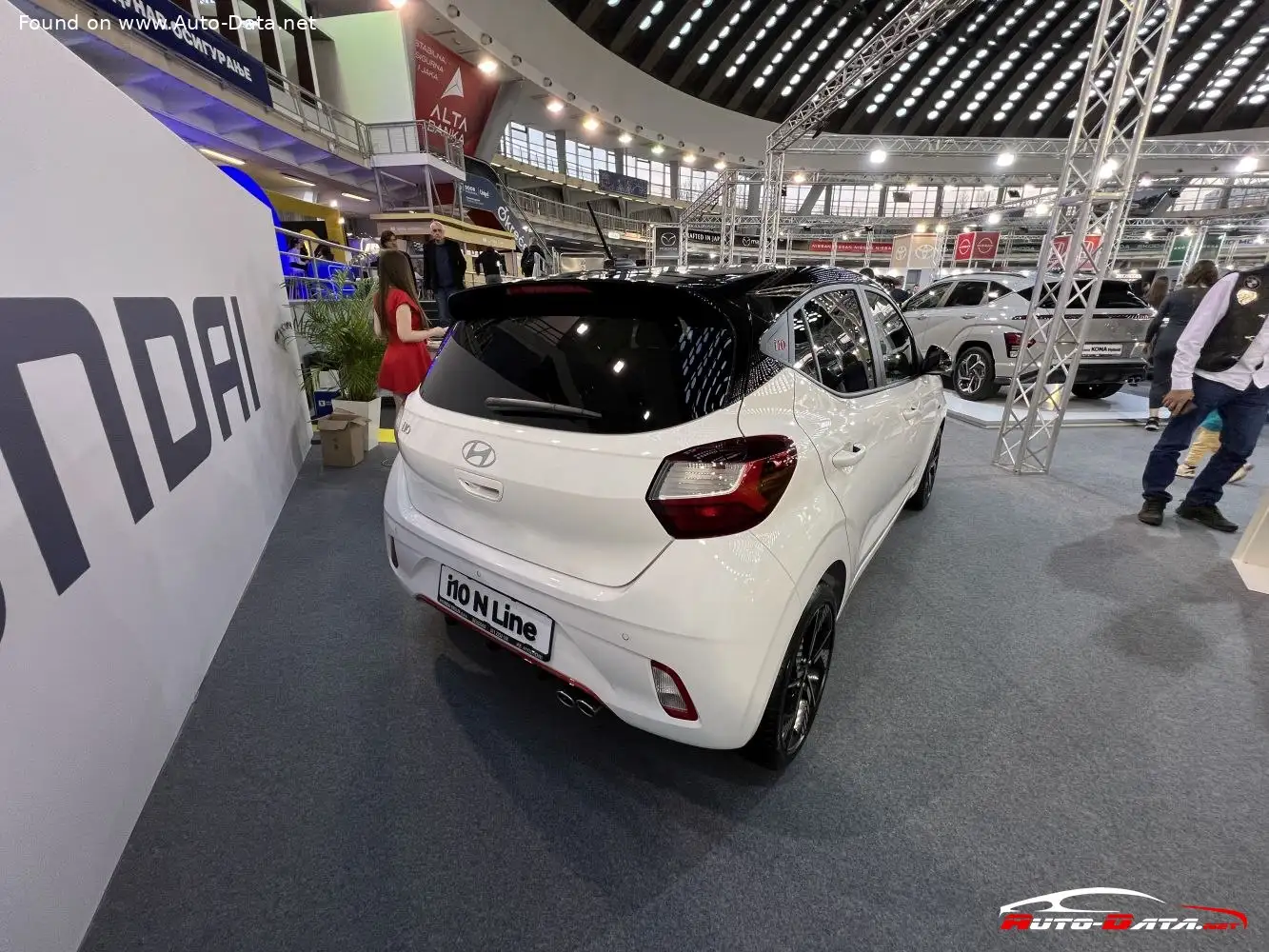
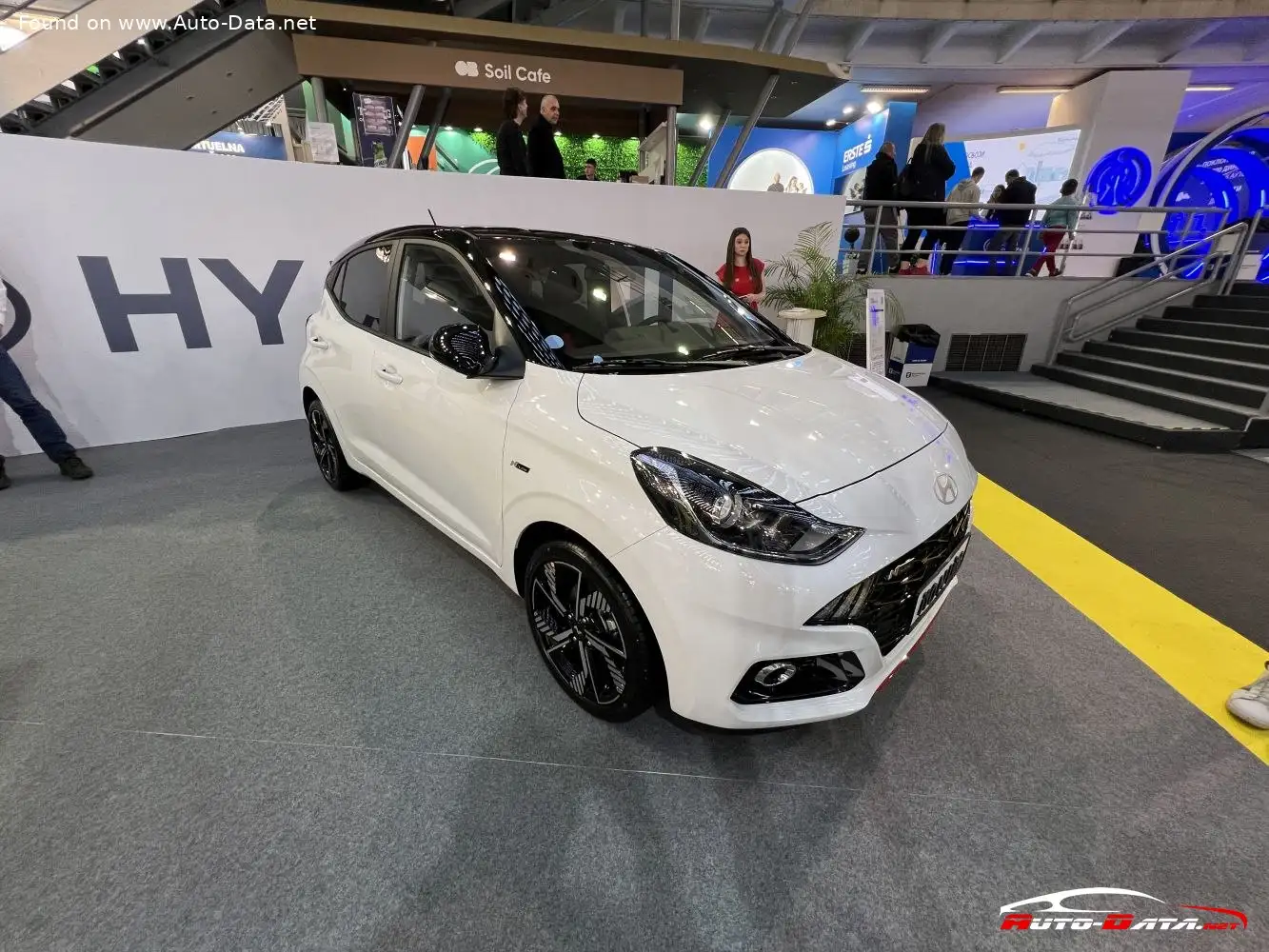
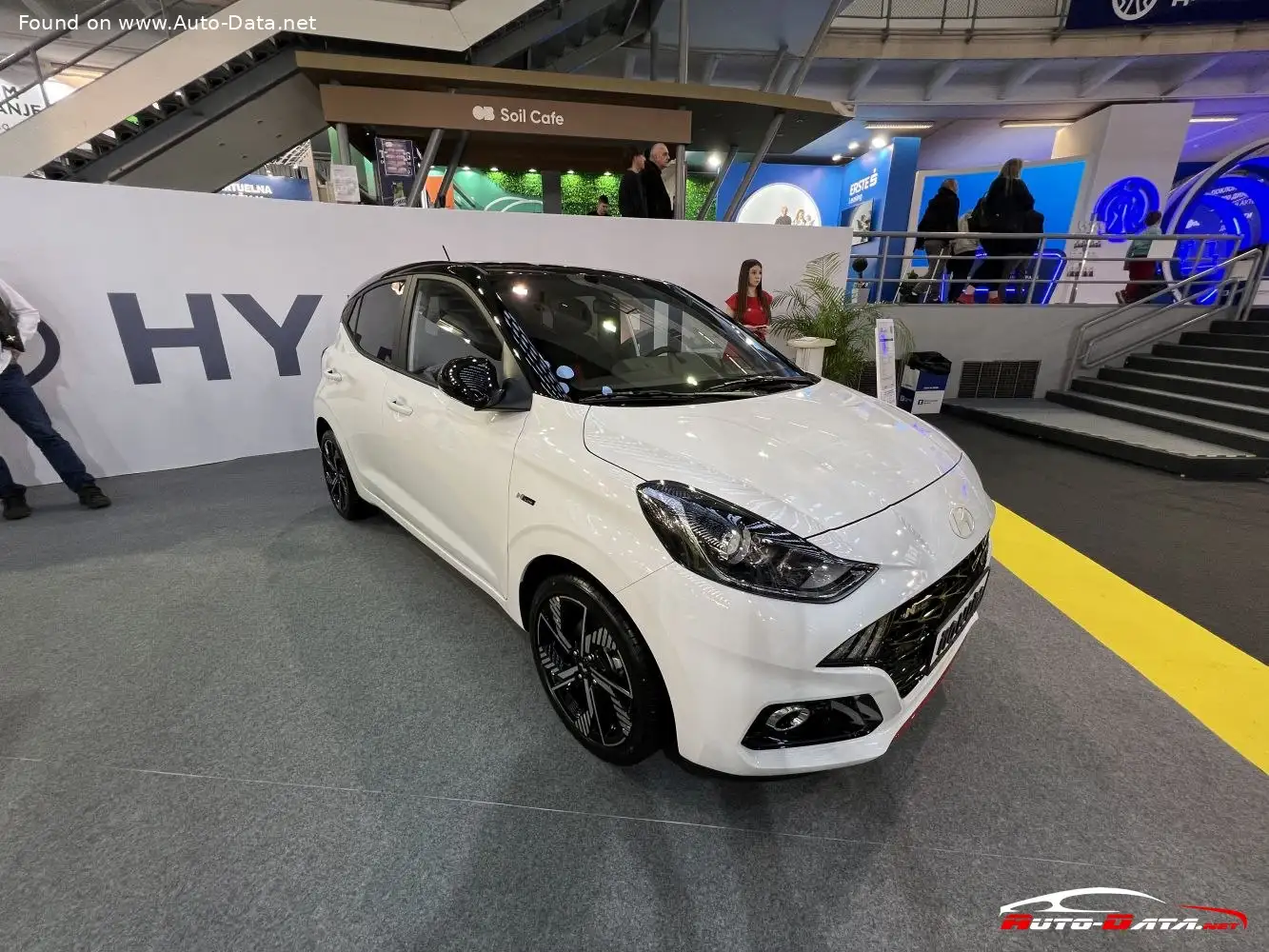

 CarChooser
CarChooser